By Borden Black
The iconic image of a woman in overalls, her hair tied up in a bandana, and flexing her bicep below the headline, “We Can Do It,” is one of the most recognizable images from World War II. It can even be considered the precursor to the Women’s Liberation Movement of the 1960s and 1970s. Working women have certainly reshaped American society in the past 70 years. But how did it all start?
The Ad Council called the Rosie the Riveter campaign “the most successful advertising recruitment campaign in American history…. This powerful symbol recruited two million women into the workforce to support the war economy. The underlying theme was that the social change required to bring women into the workforce was a patriotic responsibility for women and employers. Those ads made a tremendous change in the relationship between women and the workplace. Employment outside of the home became socially acceptable and even desirable.”
A New Role For Women
There is no doubt that American women played a significant role in World War II—from joining the uniformed services (WAACs, WAVEs, SPARs, and others) to handling jobs in factories and other heavy industries that previously had been a male-only province.
Prior to December 7, 1941, a number of American manufacturers were producing war matériel for the U.S. armed forces and also for America’s allies through the Lend-Lease program. After the United States entered the war, industry swung into high gear, with nearly every manufacturing company receiving government contracts to produce everything from aircraft to ammunition, rifles to rations, ships to soap, pillows to parachutes. With millions of men volunteering or being drafted into service, a huge shortage of workers quickly developed in the nation’s manufacturing facilities.
A National Park Service brochure says, “At first, companies did not think that there would be a labor shortage so they did not take the idea of hiring women seriously. Eventually, women were needed because companies were signing large, lucrative contracts with the government just as all the men were leaving for the service.”
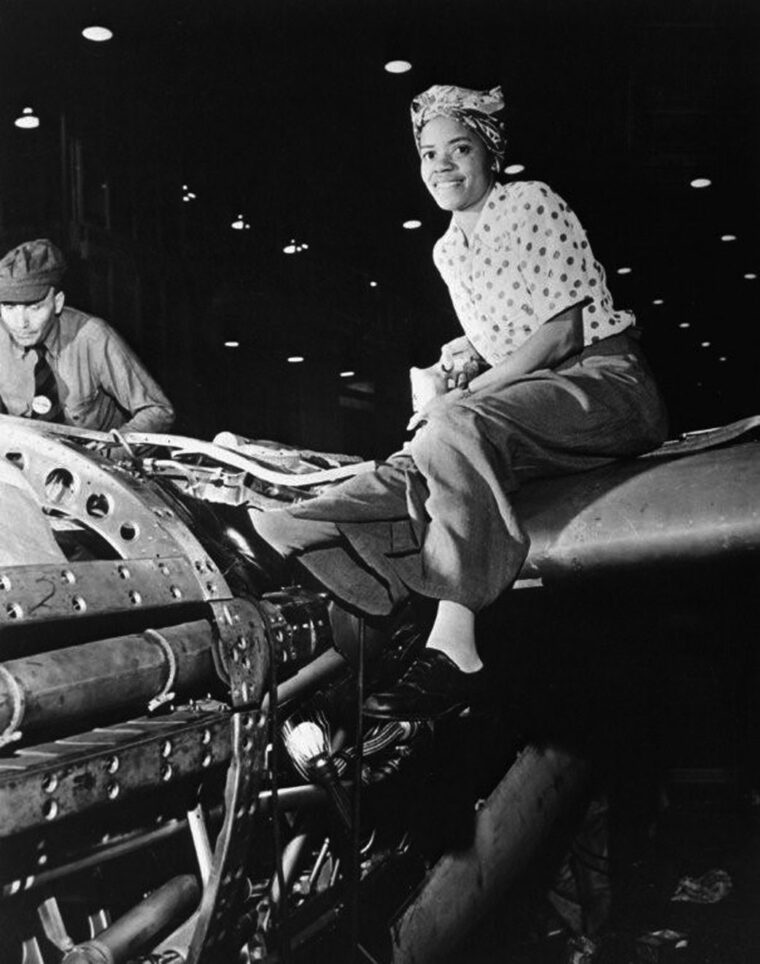
Women, of course, had always worked— on farms, raising families, and as secretaries, teachers, and waitresses. But, with the United States just crawling out from under the Great Depression, most people were dead set against women working in factories and other manufacturing plants because they feared women would take jobs away from unemployed men.
But America’s thrust into the war meant that the old traditions had to be cast aside. While workers were suddenly in short supply, everyone assumed that women working in the war industries would only be temporary and the situation would soon return to normal once victory was attained. However, early efforts to attract women to the workforce were tepid.
The Birth of Rosie the Riveter
The government launched a propaganda campaign to sell the importance of the women performing war work. They promoted the fictional character of Rosie the Riveter, but it came about in an unusual way.
Howard Miller, a graphic designer in Pittsburgh, was hired to create a series of posters for the Westinghouse Company’s War Production Co-Ordinating Committee that would be displayed at the factory for two weeks and then replaced by another series.
Working from a photo of 17-year-old Geraldine Doyle, Miller designed a poster depicting the ideal woman worker: loyal, efficient, patriotic, and feminine. The headline said, “We Can Do It.” But this image was never considered to be Rosie the Riveter.
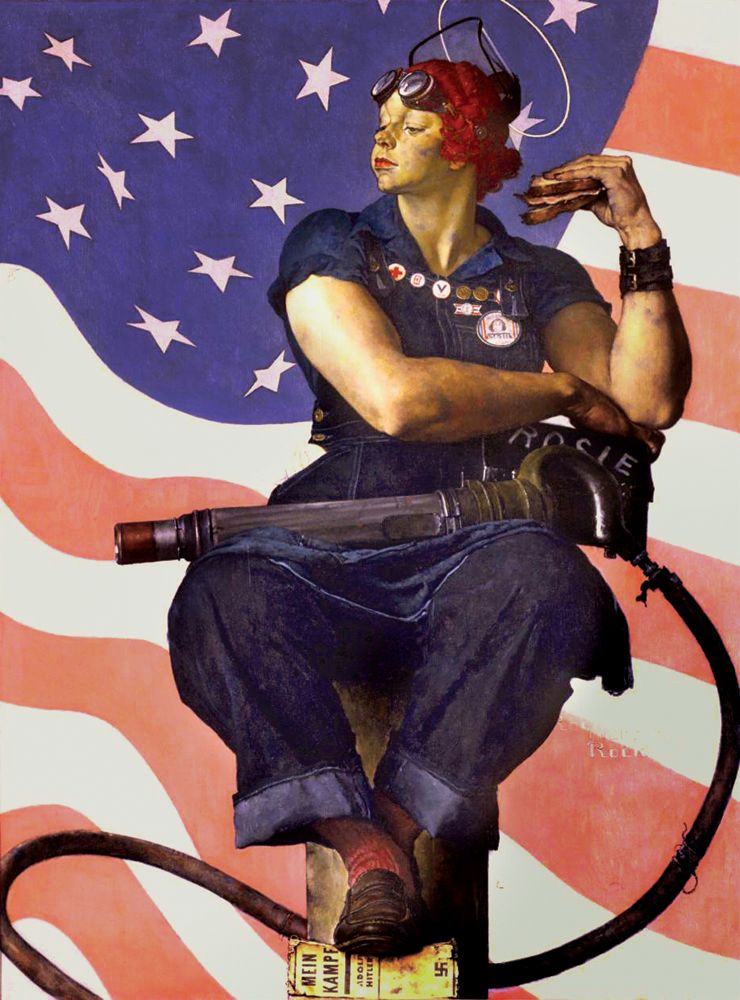
The first reference to this fictional character is believed to have come from a song, “Rosie the Riveter,” written by Redd Evans and John Jacob Loeb, that became popular in 1942 and furthered the efforts to attract women to industry. The lyrics went:
All the day long,
Whether rain or shine,
She’s part of the assembly line.
She’s making history,
Working for victory,
Rosie the Riveter
This was followed by Norman Rockwell’s now-famous cover illustration for the Saturday Evening Post of May 29, 1943, showing a muscular woman in work clothes taking a lunch break with a rivet gun in her lap, and was the first widely publicized pictorial representation of the new Rosie the Riveter. This led to many other “Rosie” images.
The National Park Service brochure continues, “The media found Rose Hicker of Eastern Aircraft Company in Tarrytown, New York, and pictured her with her partner as they drove in a record number of rivets into the wing of a Grumman Avenger bomber on June 8, 1943…. In many other locations and situations around the country, ‘Rosies’ were found and used in the propaganda effort.”
Who Answered the Call?
According to the NPS, “Women responded to the call to work differently depending on age, race, class, marital status, and number of children. Half of the women who took war jobs were minority and lower class women who were already in the workforce. They switched from lower paying, traditionally female jobs to higher paying factory jobs. But even more women were needed, so companies recruited women just graduating from high school.
“Eventually it became evident that married women were needed even though no one wanted them to work, especially if they had young children. It was hard to recruit married women because even if they wanted to work, many of their husbands did not want them to. Initially, women with children under 14 were encouraged to stay home to care for their families. The government feared that a rise in working mothers would lead to a rise in juvenile delinquency. Eventually, the demands of the labor market were so severe that even women with children under six years old took jobs.”
Patriotism was a major influence, but it was the economic incentives that convinced many women to enter the work force. At the start of the war, 12 million women (one quarter of the workforce) were already working outside the home; by the end of the war, the number was up to 20 million (one third of the workforce).
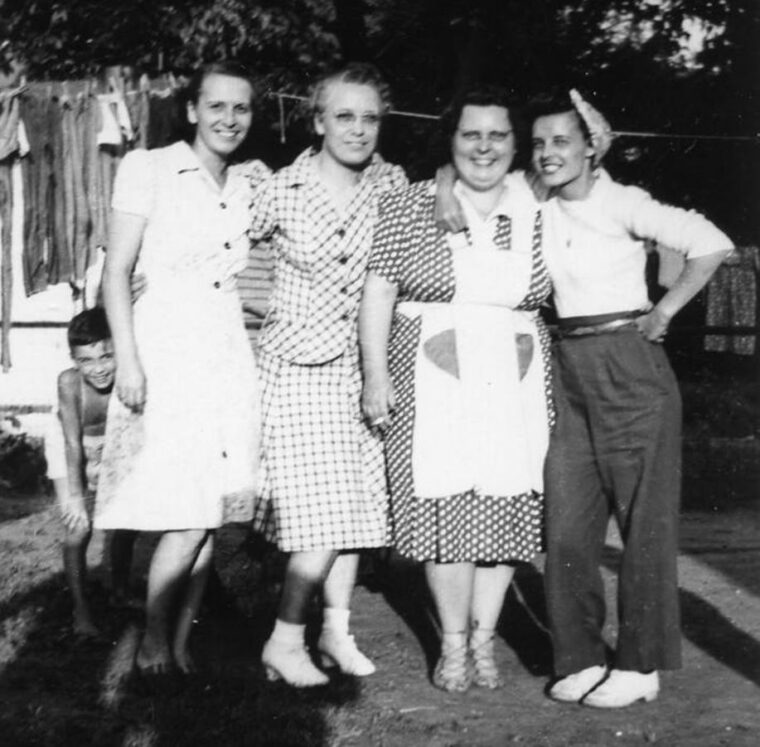
Historians point out that conditions were sometimes harsh and pay often unequal, with women making just $31.50 a week while the average man’s pay in a wartime plant was $54.65 per week. It was still more than most women could make in traditional roles.
University of California at Santa Barbara professor Leila J. Rupp, in her study of World War II, wrote, “For the first time, the working woman dominated the public image. Women were riveting housewives in slacks, not mothers, domestic beings, or civilizers.”
Jobs Outside of Industry
While the posters and songs and magazine covers mostly portrayed women breaking the sex-stereotypical image of male industrial workers (such as welders and riveters), the majority of working women filled non-factory positions, such as in the service sector, left vacant by men called to the front.
The NPS brochure says, “Most women worked in tedious and poorly paid jobs in order to free men to take better paying jobs or to join the service. The only area that there was a true mixing of the sexes was in semi-skilled and unskilled blue-collar work in factories.
“Traditionally female clerical positions were able to maintain their numbers and recruit new women. These jobs were attractive because the hours were shorter, were white-collar, had better job security, had competitive wages, and were less physically strenuous and dirty. The demand for clerical workers was so great that it exceeded the supply.”
Married women often had to work a “double shift.” Unlike men, once their factory or shop or office job was done for the day, women often found there was still work to be done at home—cooking, housekeeping, and caring for children.
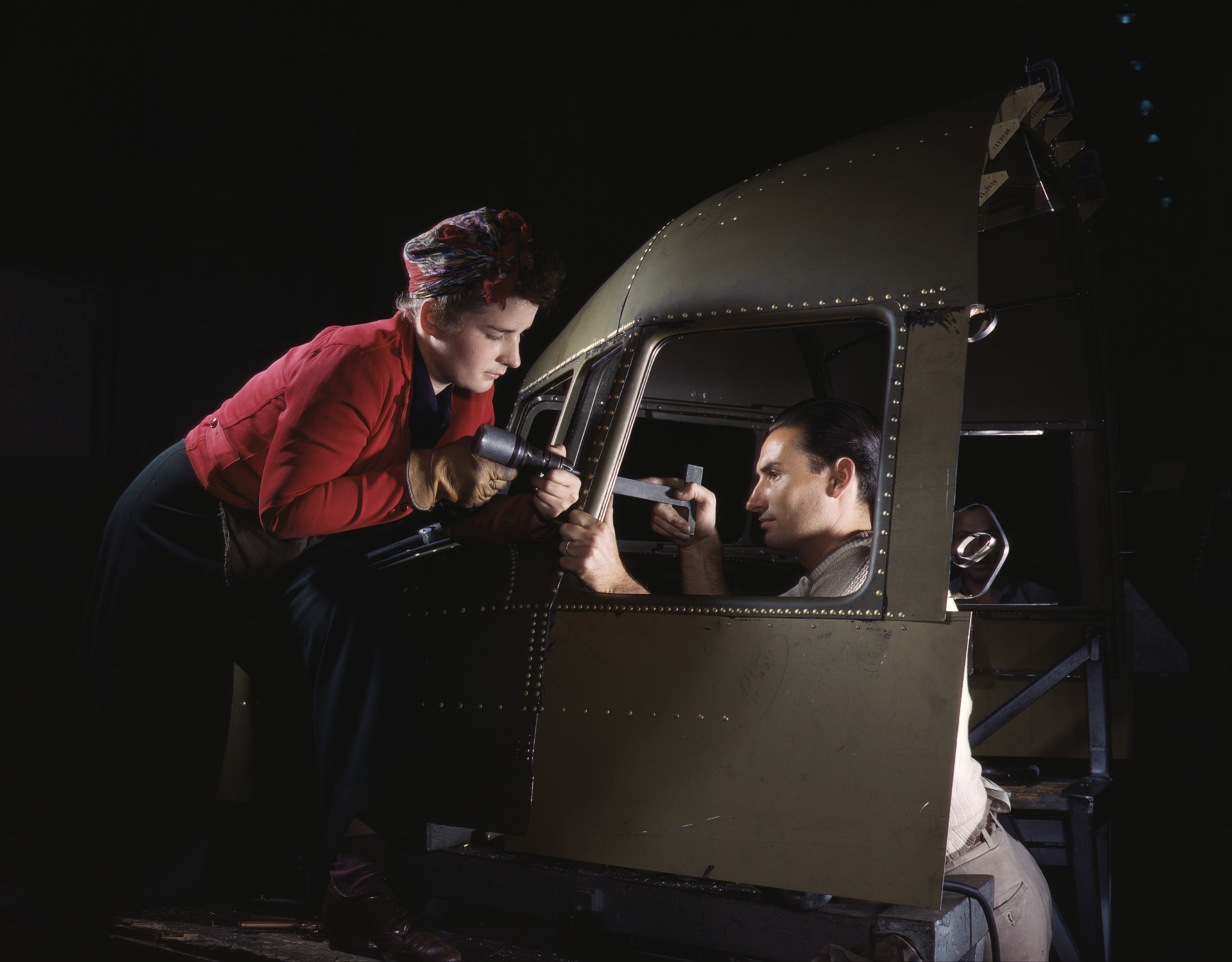
Liz Olen Minton’s Many Jobs
“Rosies” held a wide variety of jobs. Liz Olen Minton had no training, but she dehydrated potatoes and worked in an aircraft plant during World War II. In 1943, while still a teenager, Minton worked at the Simplot dehydration plant in Caldwell, Idaho. She recalls that the assembly line was a long belt with women lining both sides. A hopper contained potatoes after they had been through the peeler. Minton doesn’t remember the work being especially hard since they stood on wooden pallets or off the concrete floor.
“I was the ‘hopper girl,’” Minton relates. “When they needed more potatoes, they would start the belt and I would let the potatoes roll out.” The women used a curved blade to remove “eyes” or blemishes. After a slicer cubed the spuds, they were spread on trays, stacked six feet high, rolled into ovens, and dehydrated. The packages were then sent to the mess halls overseas.
Minton and her sister met their future husbands and married while working at Simplot; both their husbands were shipped overseas. She says her father thought that, since both sons-in-law were in the service, the family should do more defense work, so they moved to Redondo, California. There she went to work in the Douglas aircraft factory in Torrance helping to make aircraft bomb-bay doors. She ended up bucking rivets on the Douglas A-26. “My partner worked on the outside and I worked on the inside,” Minton recalls.
After they finished a door and it was being inspected, she chatted with the other girls and got to know a few of them. Other than that, Minton didn’t have much of a social life. “I would get up, get ready for work, go to work, put in a day’s work, and come home,” she remembers. “I lived with Mom and Dad. I would help Mom, eat dinner, write a letter to Ray, read the Bible, and go to bed. The key was winning the war and helping the war effort.”
She says the highlight those days was getting a letter. She wrote her husband every night while he was gone, and he did his best to write every day as well. “We got acquainted through the mail,” she explains.
Minton believes that women held their own in the workplace. “It was a job that had to be done, and there was not a man there to do it. Once given the chance, we proved to be as strong as the men.”
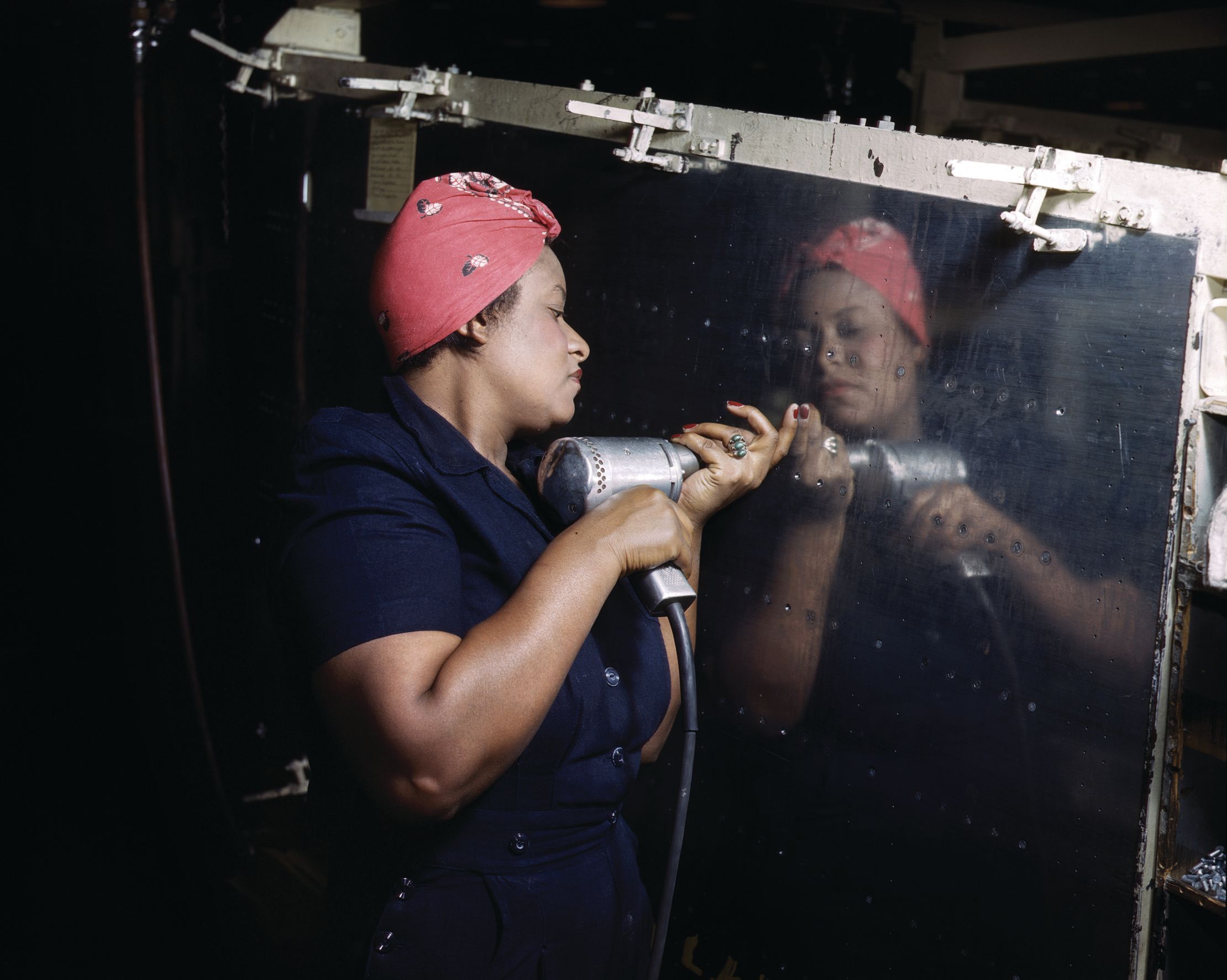
June Tinker in the NYA
However, there was still resistance to women working in traditionally male-only jobs. The NPS brochure says, “The biggest problem was changing men’s attitudes. Male employees and male-controlled unions were suspicious of women. Companies saw women’s needs and desires on the job as secondary to men’s, so they were not taken seriously or given much attention. In addition, employers denied women positions of power, excluding them from the decision-making process of the company. Women wanted to be treated like the male workers and not given special consideration just because they were women.”
In the prewar years, the National Youth Administration (NYA) provided work and education for Americans 16 to 24 years old. June Midkiff Tinker trained at the Charleston NYA as an acetylene torch welder and also learned typing and general office work. After three or four months of training, she went to Patterson Field in Fairfield, Ohio (today Wright-Patterson Air Force Base), to work in an aircraft factory.
“My two brothers joined the Marines when the war started, and my older sister and I wanted to do our part,” she explains, adding, “We had grown up in the Depression. It was living from hand to mouth. It was a chance to make money and help in the war effort.”
Tinker and her sister roomed with two other girls in a family’s home. She remembers fondly that one of the women would bring them hot chocolate and Ritz crackers every Sunday. “It was the nicest thing anyone could do for us. She treated us like her girls.”
Tinker’s job called for measuring and cutting sheet metal. Planes would come in with the side torn out or burned, and a riveter on the outside and bucker on the inside would weld new metal in place. Tinker worked the line and learned how to rivet on the job. She found the hardest part was having to work the night shift. “I wasn’t used to staying up at night. I usually went to bed at 8 o’clock,” she recalls.

“I Enjoyed Life No Matter How Hard it Was”
Until the World War II era, women wore skirts and dresses outside the home, but safety rules in the factories meant covering their hair, and pants and overalls became the norm. When she did dress up, Tinker said that silk stockings were unavailable (silk went into the manufacture of parachutes), so she would put makeup on her legs and draw a seam up the back. Comparing her fashion style then and now, Tinker laughs, “I live in jeans now.”
Conditions in the plant were hard, and it was hot, but Tinker says that it was easier than at home because she had plenty to eat and money to send to the family. “When you are young, you don’t think about complaining about things.”
Despite the night-shift hours, she remembers they did have some fun, dancing at the USO and dating soldiers. “I enjoyed life no matter how hard it was.” She went on to wed a military man and believes that marriage and her time in the plant expanded her horizons.
Tinker’s career didn’t end after the war. She became a bookkeeper and accountant. “I was the type of person who was very industrious. I would have done something. I know now we opened the door for all these women today who work.”
“We Didn’t Let Anyone Waste Anything”
Jean Liparoto remembers that the war years were rough, but she says no one complained. She was married and had a son in 1942 but still went to work in a Monroe, Michigan, war plant.
The factory, which made automobile parts before the war, was converted into the manufacture of 40mm shells. Liparoto worked the line inspecting the shells to make sure they weighed the right amount. The shells rolled down the line in hot oil. “The fumes from the oil got into your clothing and hair,” she recalls. She wore gloves but no mask and says you couldn’t get the oil smell out of your clothes. “People knew where you worked.”
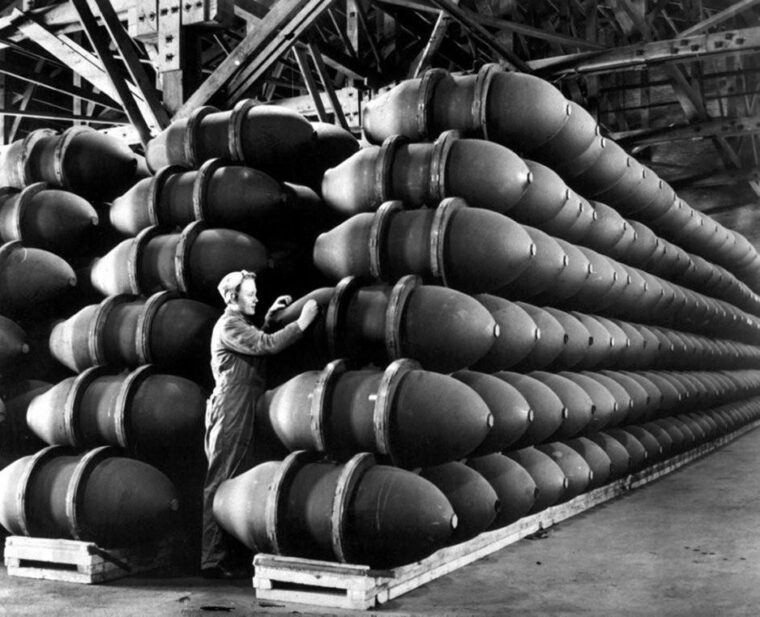
She doesn’t remember men on the line but says the men showed the women what to do and checked on them.
Now 92, Liparoto feels people have become spoiled. “We did a lot of combining trips because gas was rationed. We didn’t let anyone waste anything, and we shared.”
Working on the Family Farm
When her brothers went off to war, Darlene Gottfried had to help with the family farm in Kansas. She was only 14, but there were pigs and chickens to feed and cows to milk. She says there were no male field hands to hire so her father cut back on some of the wheat farming, but during the harvest season she learned to run the combine. “You had a wheel to raise or lower the cutters when you came to a ditch,” she recalls.
The family had a garden and a gigantic strawberry patch but no irrigation, so they had to water by hand to keep the plants alive. The winters were particularly rough because it snowed so much. “Dad put a rope from the windmill to the house so when you worked in the fields or milked in the barn, [you could use] the rope to get from the house to the barn without getting lost.” The family often would be marooned for weeks on the farm when the roads were covered with snow.
The high point was when the family got letters from the front. “We didn’t hear from them real often…. There was very little communication.”
There wasn’t much in the way of entertainment, either. Gottfried relates they would have mud fights. “When it rained, we had a lot of mud so we would get branches from a tree, take the leaves off, roll up mud balls, and shoot at each other.”
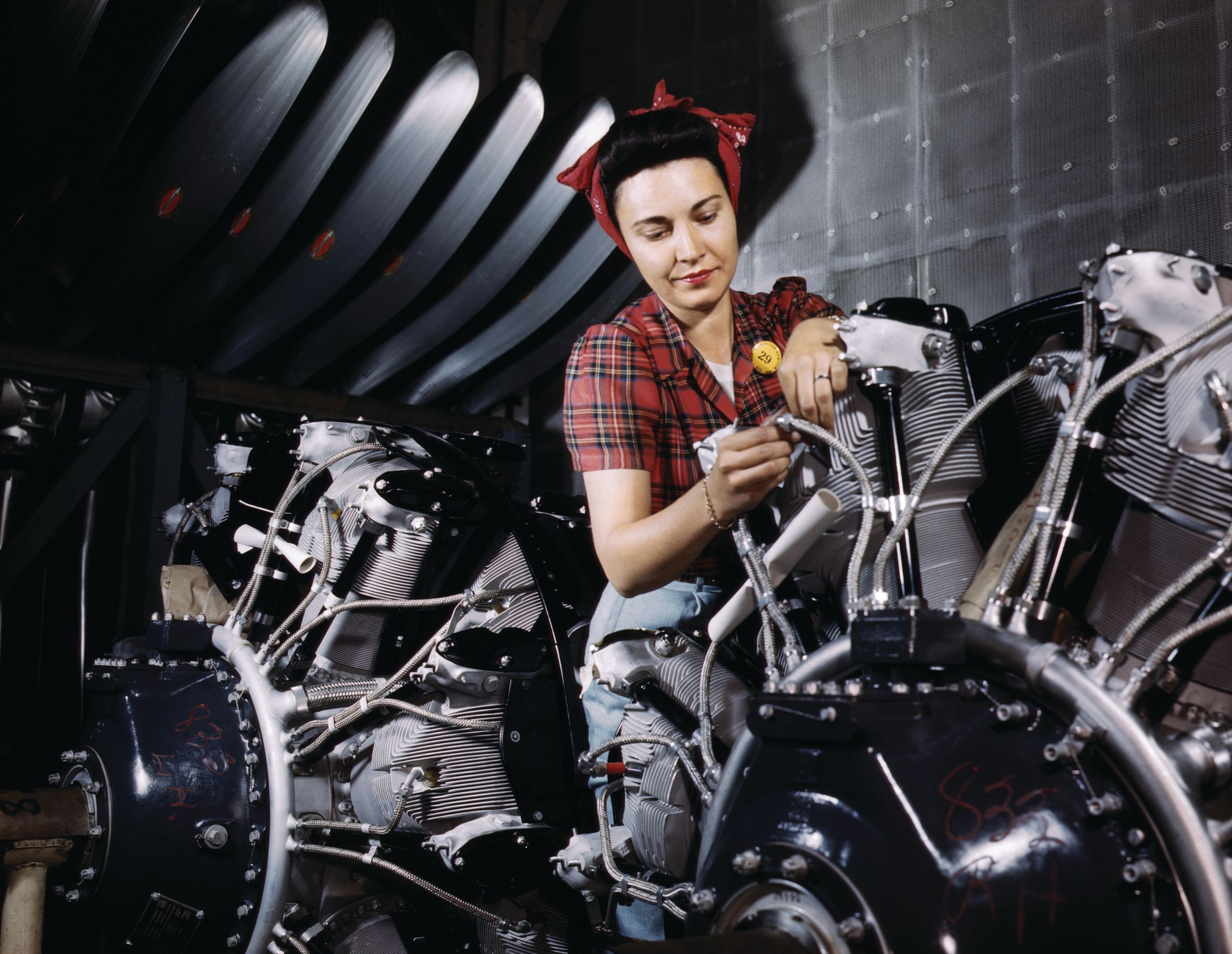
“We Sang Gospel. That’s What Kept You Going.”
Although Juanice Still didn’t have a college diploma, she was called to southern Georgia to teach in a one-room country school when the regular teacher went off to war. “It was 1943 and I was scheduled and registered to go to college, but the superintendent called and said a school in the county didn’t have a teacher and asked if I could get the roll until they could hire someone,” she relates. They never did find anyone.
Three grades—third, fourth, and fifth—were taught in one room that was heated by a big stove. The boys would go out and cut wood to keep the fire going. Still remembers that the office in charge of rationing gave her enough gas to get her ‘32 Chevrolet to the schoolhouse, but she would have to cut off the engine and coast downhill to save gas. Her husband was assigned to work in a canning plant.
Still says that during the war there wasn’t much to do. “You worked, you went home and kept house and your garden so you would have something to eat.” For socializing and recreation they went to church; on Sunday there would be an all-day sing somewhere. “We sang gospel music. That’s what kept you going. That’s where you saw your friends,” she remembers.
It took 10 years, but Still says she got her college degree by taking one course at a time at night and then went on to get her Master’s degree. Her wartime job became her full-time profession, and she continued teaching for 18 years.
An Auditor at Fort Benning
Even before the war Eva Daniel Ulrich was something of an oddity in the working world. She graduated from college in 1941 with a BS in business administration and accounting, one of only three women at Georgia Southern University (GSCW) to do so at the time. The young graduate took the civil service exam and became an auditor, which took her to Fort Benning outside Columbus, Georgia, for a job at Lawson Army Airfield.

While she was waiting for the construction of the airfield to be completed, Daniel worked on payroll at the old hospital building on post. She remembers coming to work one morning to find a fence had been built around her desk. “The soldiers would come in and sit on my desk while discussing (their problems),” she relates. “The sergeant put a fence around my desk so they wouldn’t do that.”
In the spring of 1942, the airfield opened and she was one of six sent to keep up with inventory. The men worked for her and would spend their lunch break watching airborne practice jumps. She also saw planes crash, which kept her from flying for many years.
It was at Fort Benning where she met her husband Richard Ulrich. “He asked me to marry him first time he saw me,” she recalls. He worked on Sand Hill and would get home first. “He said ‘I didn’t get married to come home to an empty house,’” she remembers. She didn’t want to give up the salary, but when he promised to give her all the money he made, Eva agreed to quit. Her days stayed busy after she gave birth to a daughter.
Despite her new baby and household duties, when her husband was sent to Europe in 1943, Eva rejoined the workforce with Metropolitan Life Insurance, taking the place of a man who joined the Navy. “I would go around and collect insurance money,” she explains. “I would just walk in (a client’s home) and pick it up.” It was a job that had always been done by a man, but the company found she had one of the best collection rates because of her friendly manner and work ethic.
When her husband returned in 1946, she told the company she couldn’t continue working. “It was a wonderful experience,” she says of those days. “I haven’t ever been intimidated by men in the work place. My father and mother always encouraged me so much and told me I could do anything I wanted to do.”
Engaged Through “V-Mail”
Twenty-year-old Frances Tunnell Carter was a riveter on B-29s in a plant in Birmingham, Alabama. Formerly a kindergarten teacher from Mississippi, she says she had never even seen an airplane up close and had no training when she went to work on them, but that didn’t faze her. She recalls that most of the people on the assembly line were women. They worked in pairs—a riveter and a bucker in 10 non-air-conditioned bays. Although the work was hot and hard, Tunnel says the women didn’t mind. “We were helping on the home front and not taking the risk the boys were taking on the front. They are the real heroes.”
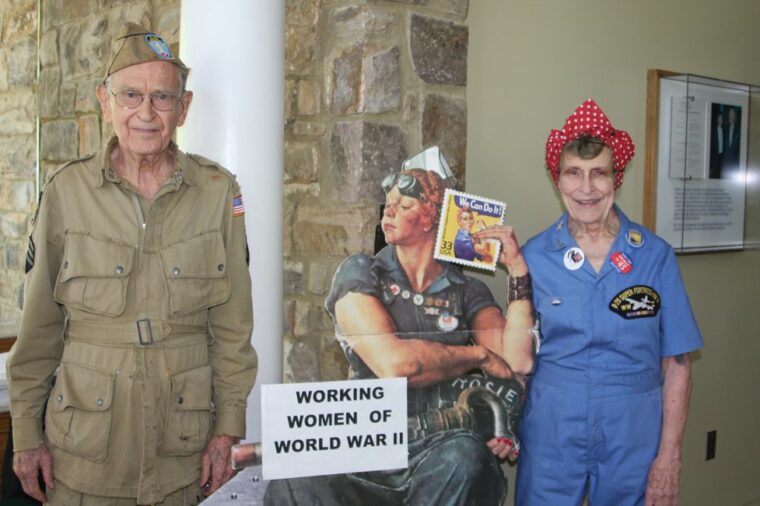
Tunnell met future husband John Carter during the war and presented him with a gift of an ashtray she had riveted. It fell apart. “If that’s the way airplanes are put together,” he remembers telling her, “if I get up in one, the safest thing I can do is jump out.” He joined the paratroopers.
The pair got engaged through “V-mail” and later married. After the war, Frances decided she could do more than return to teaching elementary school. Both Carters returned to college on the GI Bill and received their Ph.Ds.
The American Rosie the Riveter Association
After the war, America’s industrial resurgence faded as government contracts were cancelled and resulted in layoffs; it was widely feared that the economy would slip back to Depression levels. Although many women wanted to remain in the work force, employers laid them off in droves and told them to return either to lower paying, traditionally female jobs or to more domestic roles.
However, having been given a taste of a totally new kind of life where their contributions were celebrated and monetarily rewarded, many women decided that cooking and cleaning and caring for children were not enough. They persevered and forged a new life for themselves—and for their country.
The contribution of women to the war effort has not been forgotten. It was while teaching at Samford University in Birmingham that Frances Tunnell Carter, Ph.D., attended a meeting of women who had worked during World War II. She decided they needed an organization, so in 2003 she founded and became the first president of the American Rosie the Riveter Association (ARRA).
She says she started the group to “honor the contribution of women workers on the home front during World War II and to promote patriotism and responsibility among all Americans.”
There are currently more than 2,000 members of the ARRA nationwide. Women whose work from 1941-1945 was designed to contribute to the war effort (including women who did volunteer work) and their female descendants are eligible for active membership. Spouses and male relatives may become auxiliary members by attending an official local or national meeting.
Several films have brought the wartime role of working women to the silver screen and television. The first, made in 1944, was simply titled Rosie the Riveter. More recently was The Life and Times of Rosie the Riveter, a 1980 documentary. The popular Swing Shift, starring Goldie Hawn as an aircraft factory employee, along with Kurt Russell and Ed Harris, was released in 1984.
To salute the contributions to victory of America’s working women, the National Park Service operates the Rosie The Riveter WWII/Home Front National Historic Park in historic waterfront buildings at the former Richmond Kaiser Shipyard #3 in Richmond, California. For more information, see www. rosietheriveter.org.
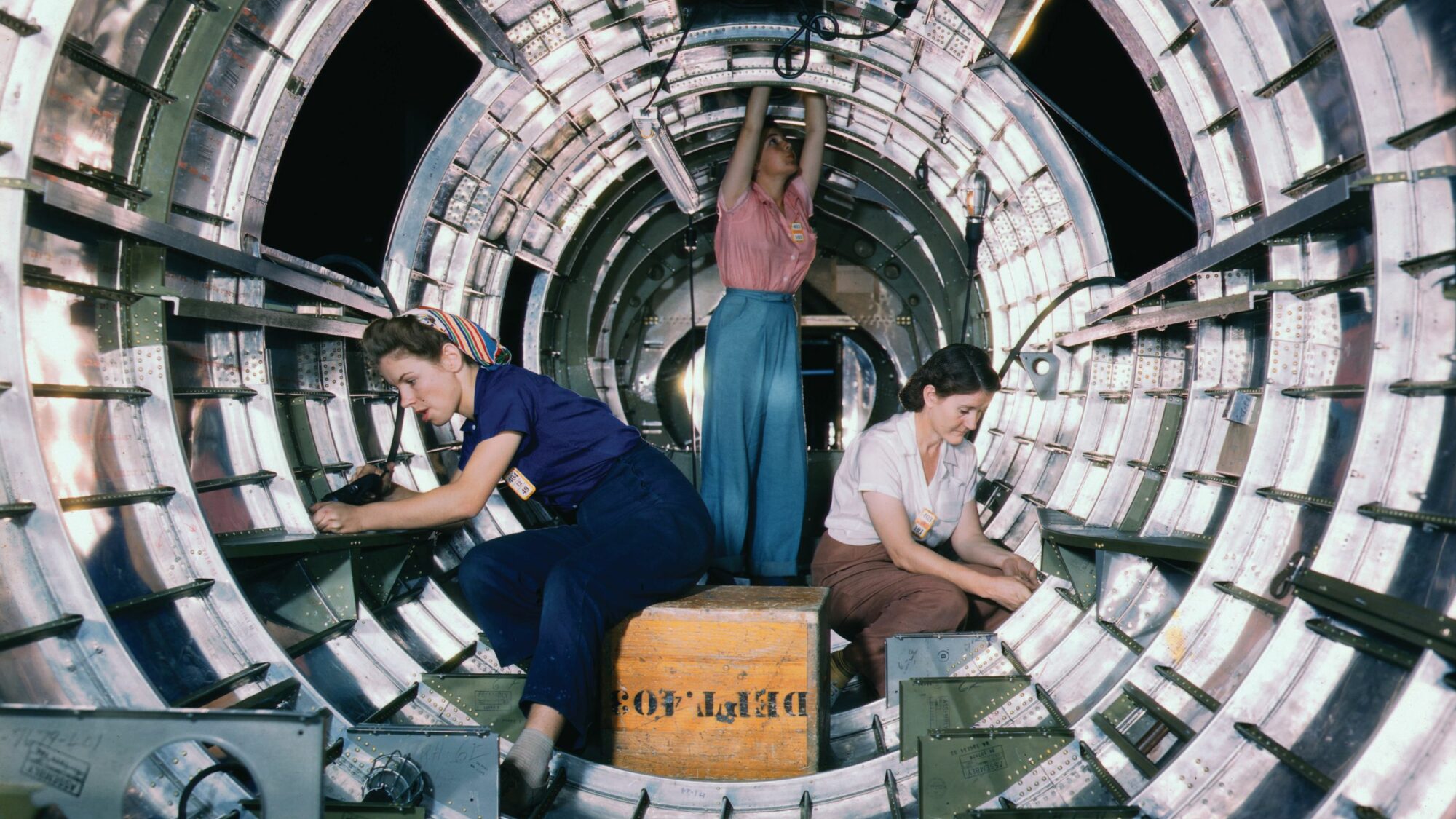
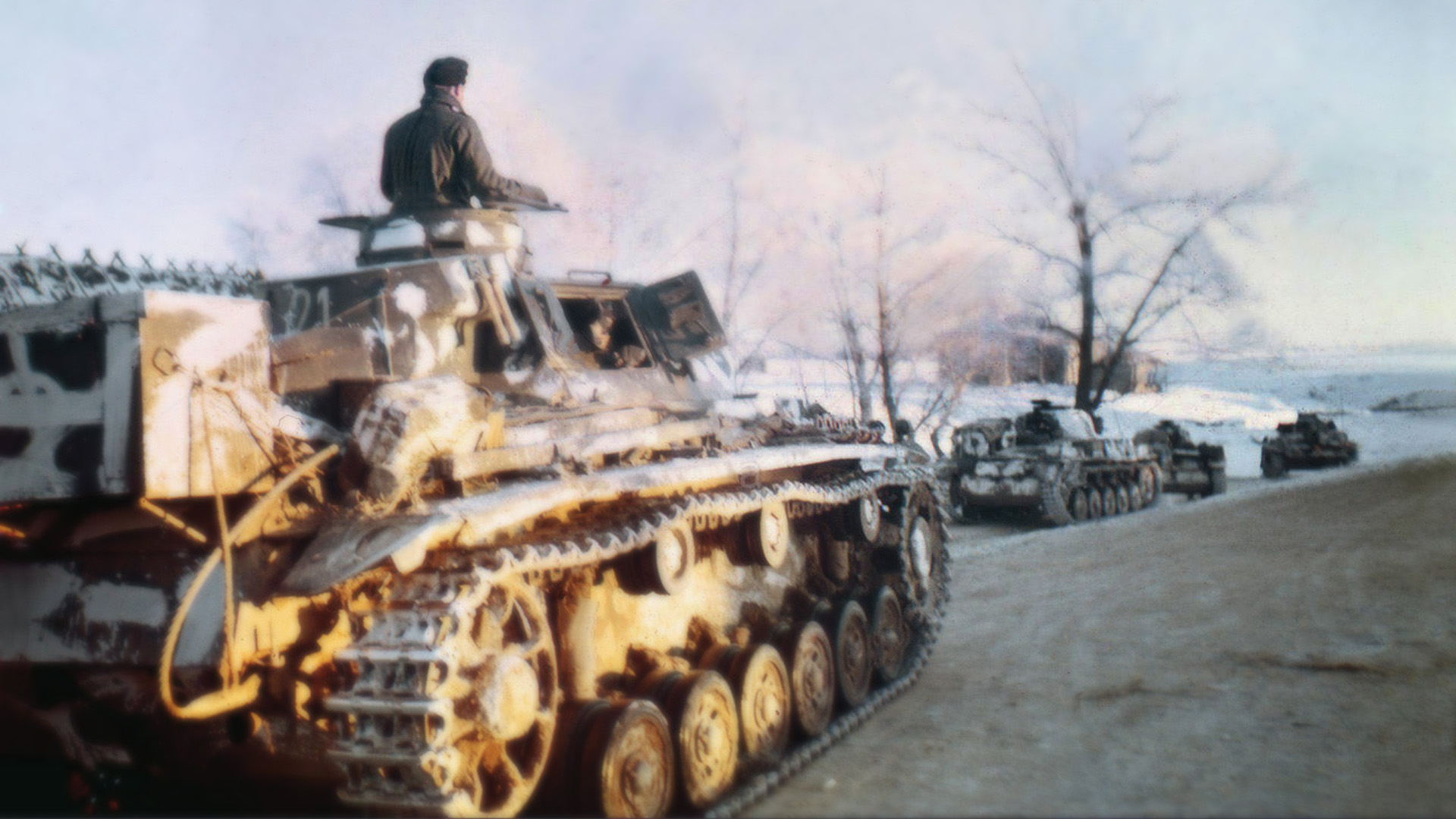

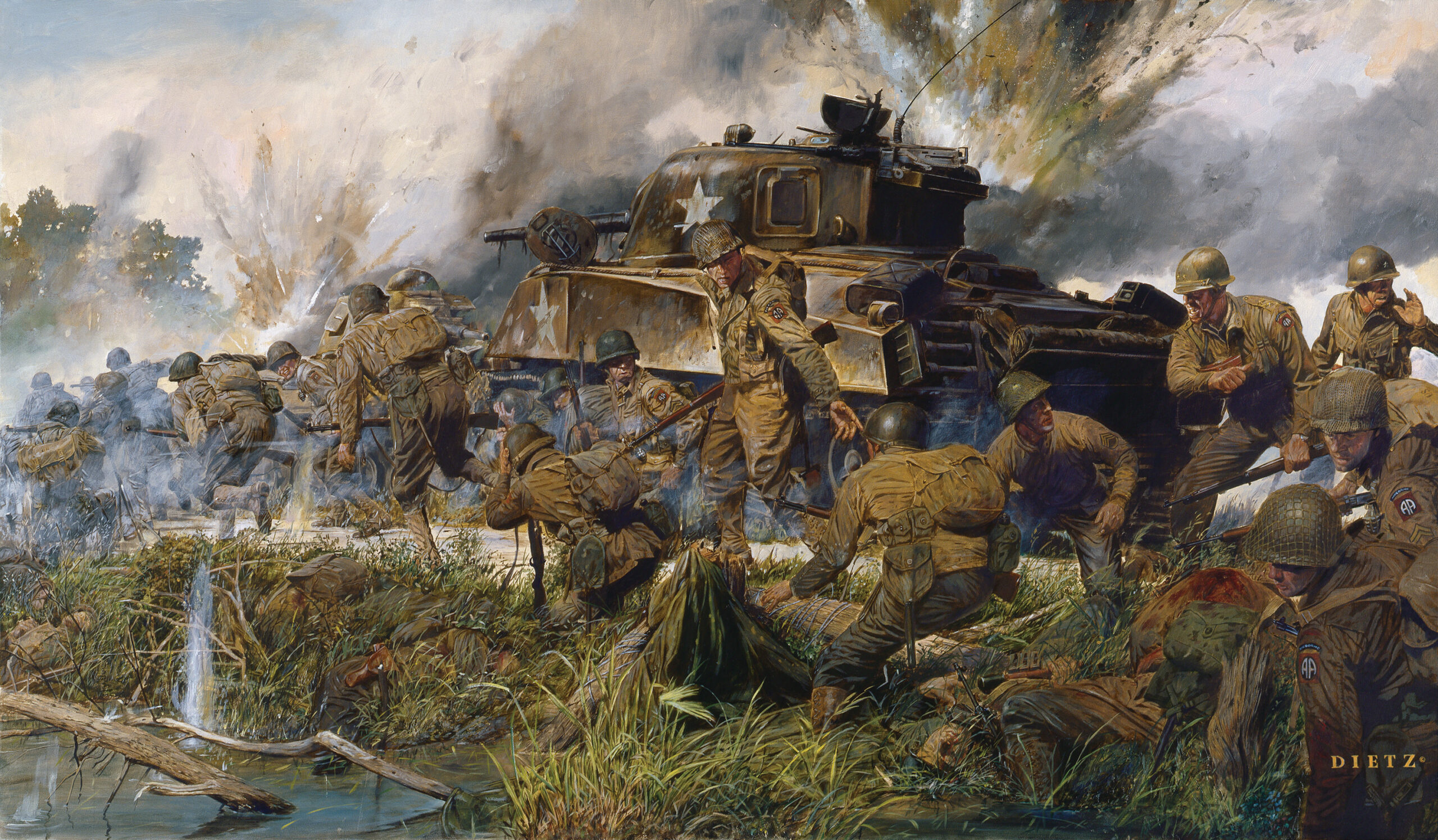
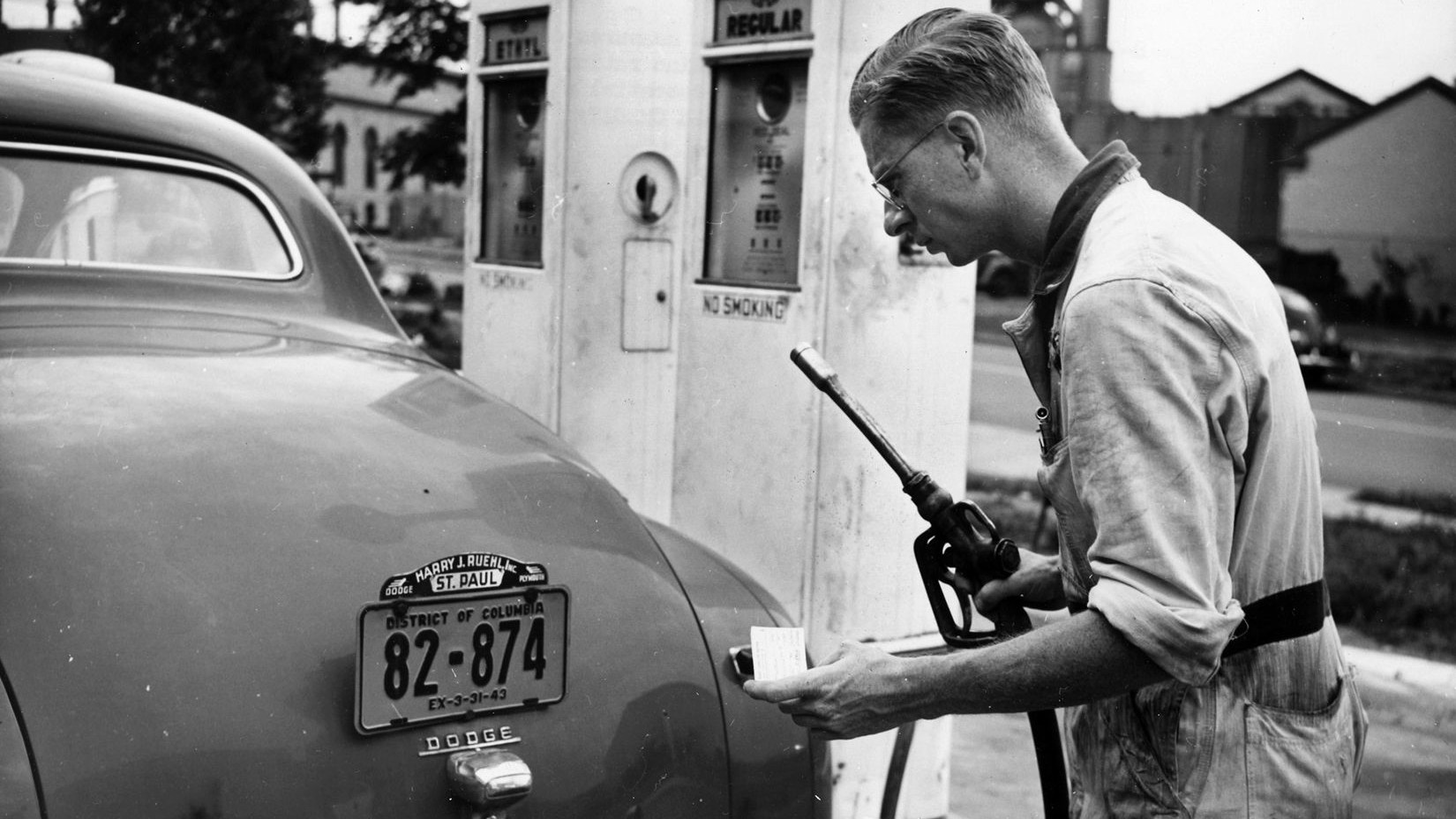
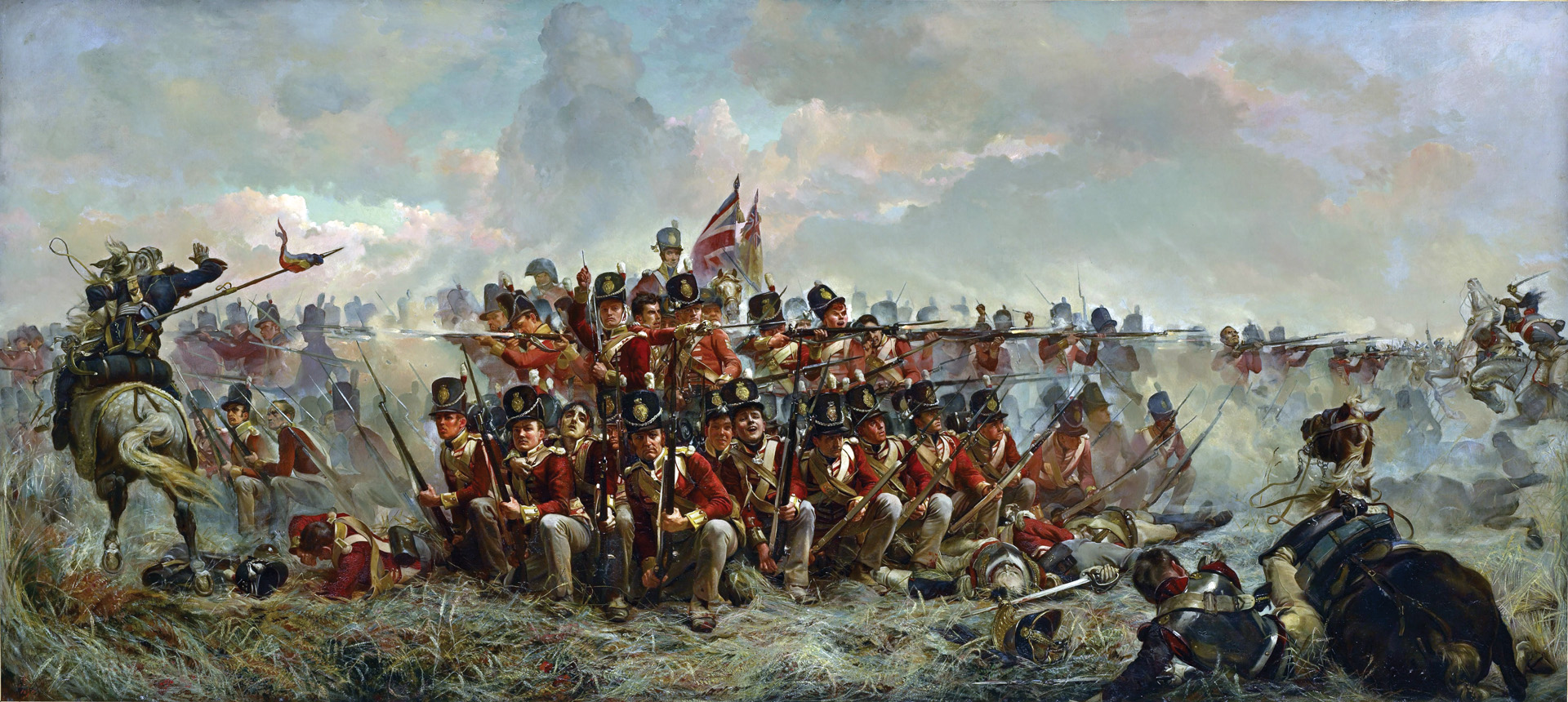

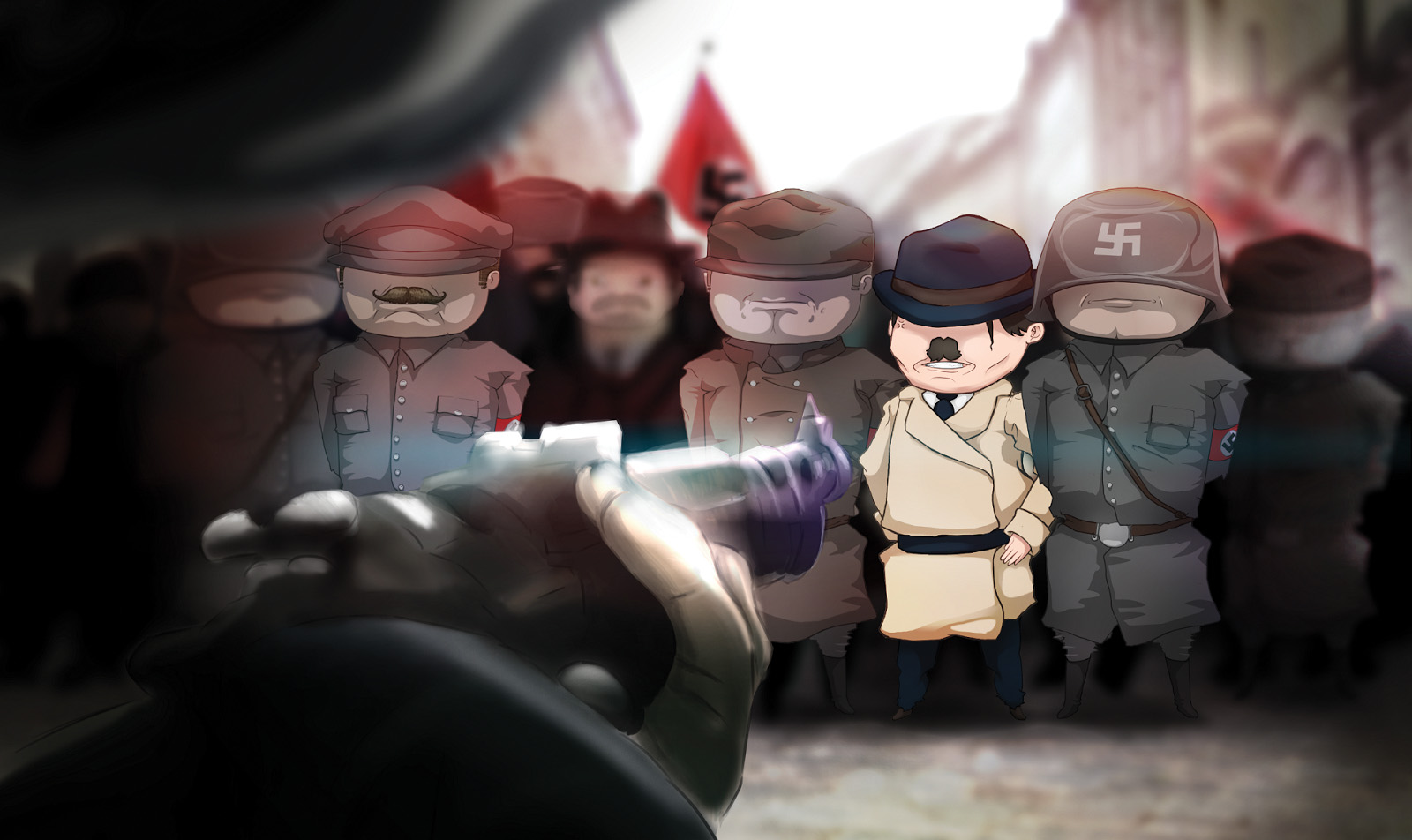
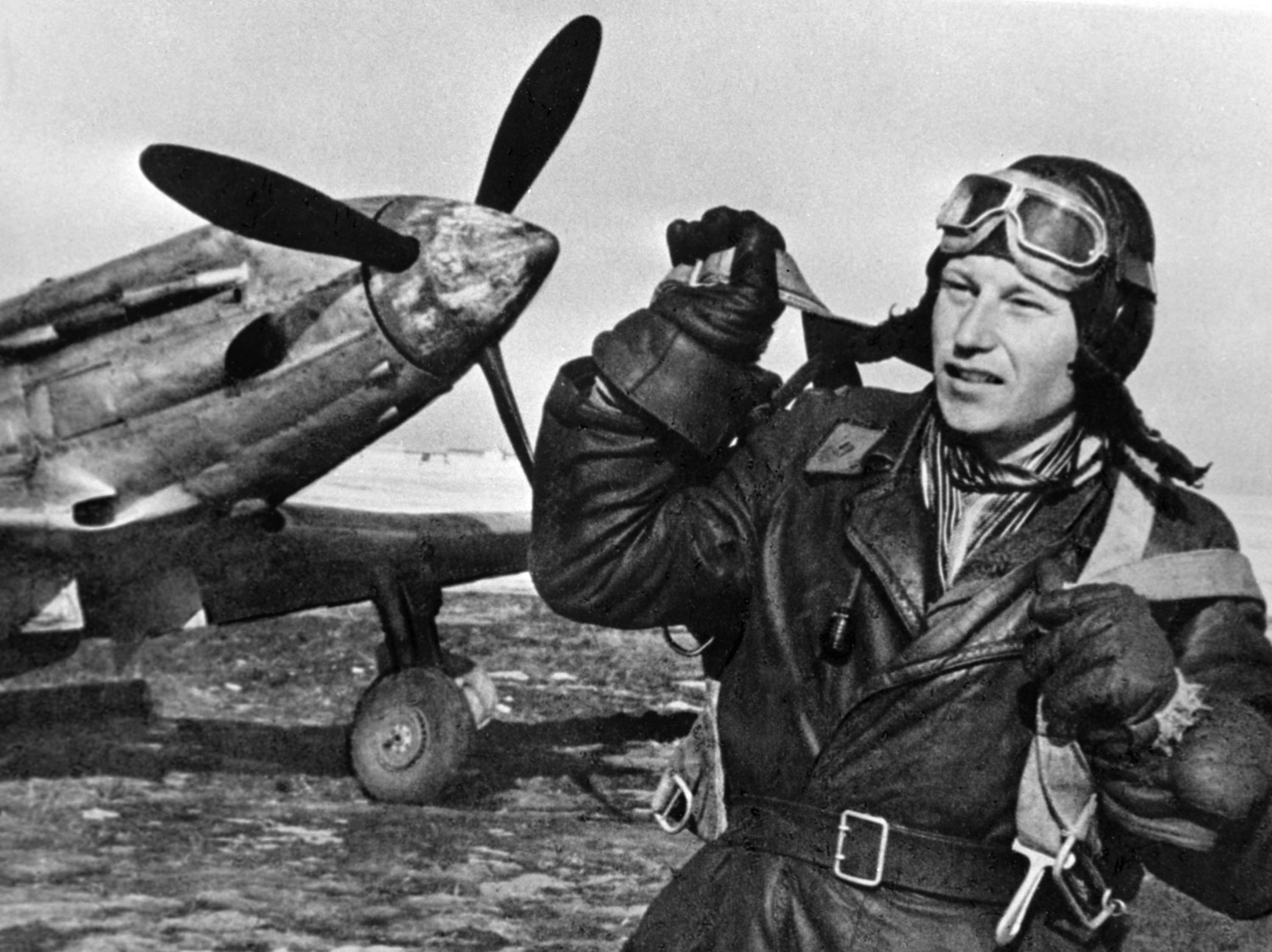
I salute you, ladies of valor. I can’t wait for you to read my WWII family saga based on 75 years of my beloved war hero medic uncle’s memorabilia. Do keep in touch for the grand debut.
JL Regen
author
[email protected]
Nice article about an often forgotten or under appreciated valuable part of the war effort.
It has been confirmed that Geraldine Doyle was incorrectly given credit for decades as the model for Miller’s poster. It was in fact Naomi Parker Fraley; confirmed when the photo journalist’s original photo was found in his papers with her name written in his hand on the reverse.